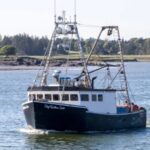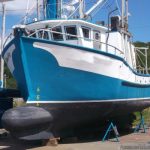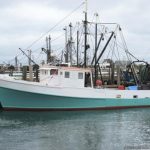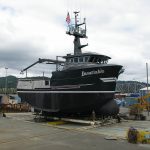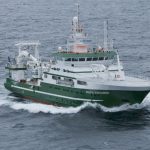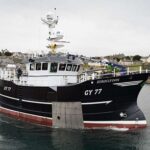Tag Archives: University of California
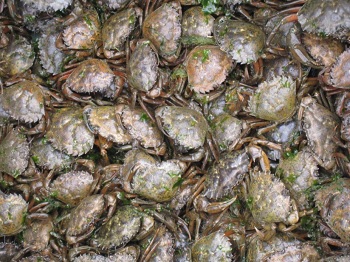
Lessons From a Failed Experiment – When ‘Eradicated’ Species Bounce Back With a Vengeance
The study, published today in the journal PNAS, chronicles the effort and failure to eradicate invasive European green crabs from a California estuary. The crabs increased 30-fold after about 90 percent had been removed. The study is the first experimental demonstration in a coastal ecosystem of a dramatic population increase in response to full eradication. The crab is considered among the world’s top 100 invasive species, costing the U.S. commercial shellfish industry about $20 million in annual losses. >click to read< 08:09
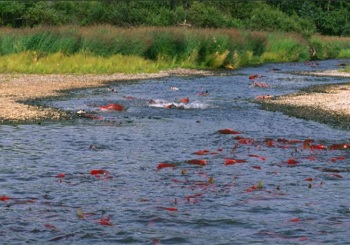
Alaska’s wild salmon are getting smaller
For years, people in Alaska have been noticing that wild salmon were getting smaller, but the reasons have been unclear. In the new study, published August 19 in Nature Communications, researchers compiled and analyzed data collected over six decades (1957 to 2018) from 12.5 million fish by the Alaska Department of Fish and Game. This unprecedented dataset enabled them to see patterns of body size changes for four species of salmon, Chinook, chum, coho, and sockeye, across all regions of Alaska. The results showed that the decreases in body size are primarily due to salmon returning to their spawning grounds at younger ages than they have in the past. >click to read< 11:24

Undersea Power Cables – Electromagnetic fields have complex and possibly harmful effects on the valuable brown crab.
Over the past 10 years, Scotland has installed thousands of offshore wind turbines in the North Sea and is starting to deploy marine energy devices that generate power from tides and waves. It’s a green energy push that is slowly being replicated in coastal areas the world over. Though these installations are reducing coastal threats such as oil spills, they have the potential to cause other, more subtle, problems for marine life. From each offshore wind and tidal turbine, power cables snake to shore, connecting to power banks, converters, and the wider electrical grid. But these electrified cables could have odd and unexpected effects on seafloor life. >click to read<08:43
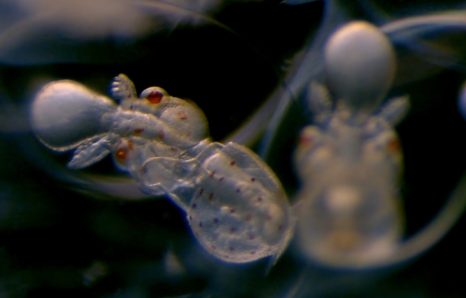
Squid: Coming to Life – How a cephalopod is born, in stunning microscopy footage
Produced by the evolutionary and developmental biologist Nipam Patel in his Patel Lab at the University of California, Berkeley, Squid: Coming to Life literally puts squid and cuttlefish development under the microscope. With a sparkling soundtrack and stunning microscopy footage, the short video shows the cephalopods transforming from embryos (when they develop in egg capsules) to hatchlings that emerge with the resplendent, colour-shifting skin they use for communication and camouflage. click here to watch the video 09:35
Climate change threatens extinction for 82 percent of California native fish
Salmon and other native freshwater fish in California will likely become extinct within the next century due to climate change if current trends continue, ceding their habitats to non-native fish, predicts a study by scientists from the Center for Watershed Sciences at the University of California, Davis. continued






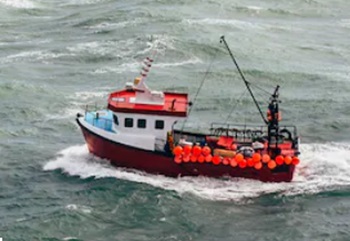
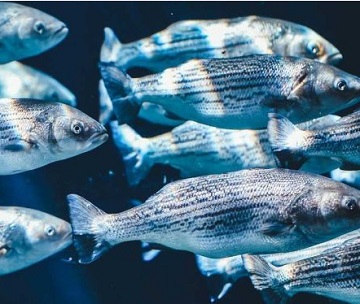
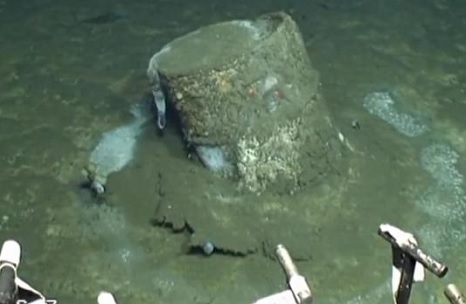
 A comprehensive study of a major California estuary has documented the links between nutrient runoff from coastal land use, the health of the estuary as a nursery for young fish, and the abundance of fish in an offshore commercial fishery. The study, published the week of June 8, 2015, in Proceedings of the National Academy of Sciences, focused on Elkhorn Slough and Monterey Bay on California’s central coast. ” is nitrogen, whether it comes from an agricultural field or sewage or urban runoff.
A comprehensive study of a major California estuary has documented the links between nutrient runoff from coastal land use, the health of the estuary as a nursery for young fish, and the abundance of fish in an offshore commercial fishery. The study, published the week of June 8, 2015, in Proceedings of the National Academy of Sciences, focused on Elkhorn Slough and Monterey Bay on California’s central coast. ” is nitrogen, whether it comes from an agricultural field or sewage or urban runoff. 



























